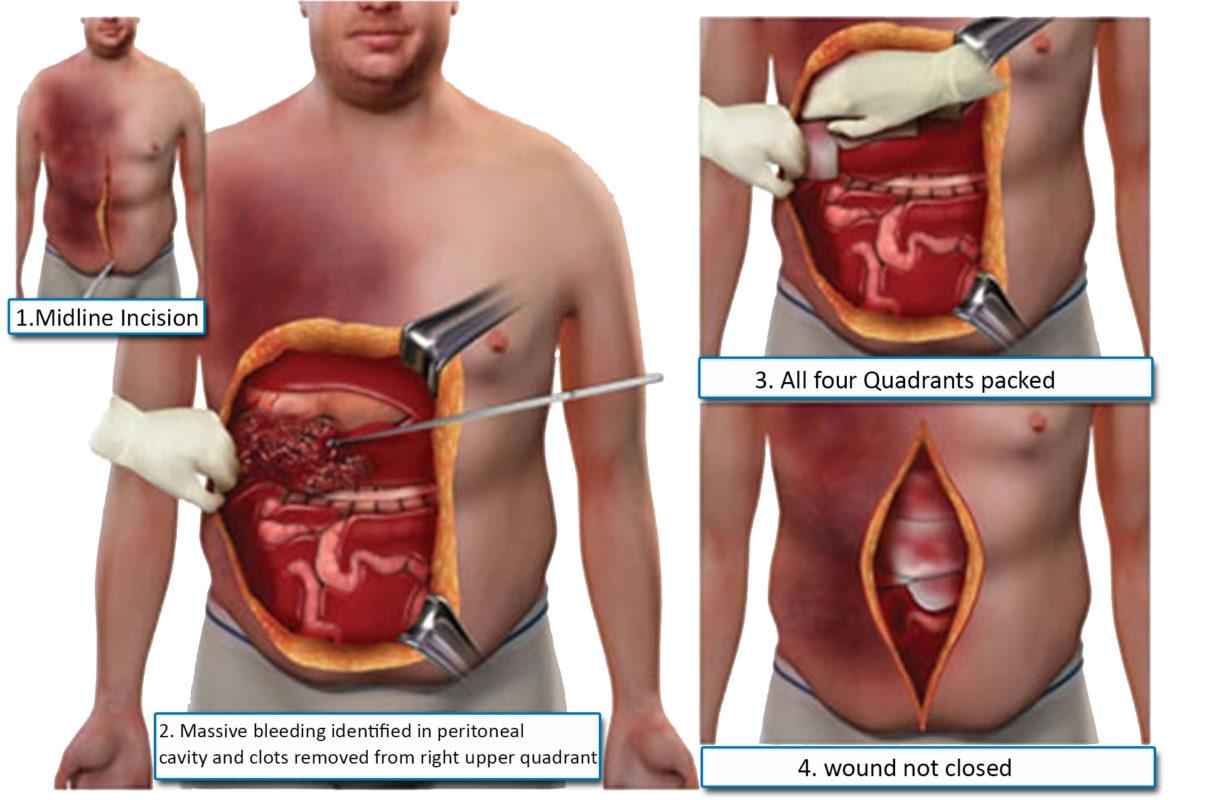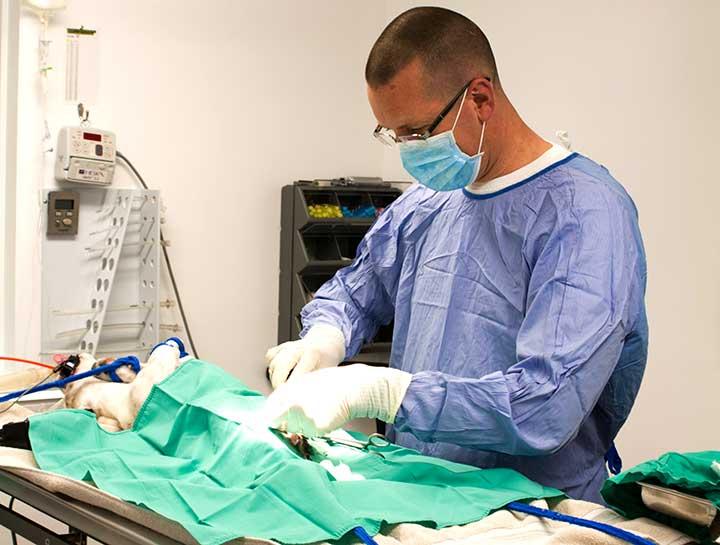Whether you have a furry companion at home or simply a curiosity about the world of veterinary medicine, the concept of surgery can often be a daunting and mysterious one. In particular, the procedure known as an exploratory laparotomy, or “ex lap” for short, holds a certain level of dread and intrigue. Join us as we delve into the world of veterinary surgery and explore the intricacies of this often misunderstood procedure.
Understanding the Purpose of Exploratory Surgery in Veterinary Medicine
Veterinary surgery is a crucial aspect of animal healthcare, with exploratory surgery, commonly known as the “dreaded ex lap” in the veterinary world, serving a vital role in diagnosing and treating various medical conditions in pets. This procedure involves the veterinarian making an incision to visually inspect the internal organs of the animal to identify any abnormalities or issues that may not be detected through other diagnostic methods.
Exploratory surgery is typically recommended when a thorough examination and diagnostic testing have not provided a definitive diagnosis for the pet’s symptoms. By physically examining the internal organs, the veterinarian can obtain more accurate information about the pet’s condition, leading to a more precise treatment plan. Despite being an invasive procedure, exploratory surgery can be life-saving for many animals, allowing veterinarians to address underlying health issues promptly and effectively.

Common Reasons for Veterinarians to Perform an Exploratory Laparotomy
Exploratory laparotomies, often referred to as “ex laps” in the veterinary world, are a common surgical procedure performed by veterinarians. There are several reasons why a veterinarian may decide to perform an exploratory laparotomy on a patient. One common reason is to investigate the cause of unexplained abdominal pain or distension. This procedure allows the veterinarian to visually inspect the abdominal organs and tissues to look for any abnormalities that may be causing the symptoms.
Additionally, an exploratory laparotomy may be necessary to remove foreign objects or masses from the abdominal cavity. Foreign objects such as swallowed toys or stones can cause blockages or perforations in the intestines, leading to serious health issues. Masses, such as tumors or abscesses, may need to be surgically excised in order to prevent further complications. In these cases, an exploratory laparotomy can provide the veterinarian with the opportunity to diagnose and address the problem effectively.

Risk Factors and Considerations Associated with the Procedure
When it comes to veterinary surgery, there are several risk factors and considerations associated with a procedure known as the “dreaded Ex Lap” or exploratory laparotomy. This invasive surgical procedure involves making an incision into the abdominal cavity to investigate and potentially address internal issues that cannot be easily identified through other diagnostic methods.
During an Ex Lap, veterinarians may encounter various risks and factors to keep in mind:
- General anesthesia complications
- Excessive bleeding during or after the procedure
- Infection at the surgical site
- Damage to surrounding organs or tissues

Tips for Ensuring a Successful Outcome from an Ex Lap Surgery
When it comes to ex lap surgeries in veterinary medicine, there are several key tips to ensure a successful outcome for your furry companion. First and foremost, it is crucial to have a skilled and experienced surgeon perform the procedure. Look for a veterinarian who has a proven track record with ex lap surgeries and feels comfortable handling the complexities that may arise.
Another important tip is to closely follow the post-operative care instructions provided by your veterinarian. This may include keeping your pet comfortable, monitoring their incision site for any signs of infection, and administering any prescribed medications on schedule. By following these tips, you can help ensure a smooth recovery for your pet after undergoing an ex lap surgery.
Wrapping Up
In conclusion, while the thought of the “dreaded ex lap” may evoke fear and anxiety, it is important to trust in the skills and expertise of veterinary surgeons who undertake this complex procedure. Ultimately, the well-being and health of our beloved furry friends are always the top priority. Embracing the advancements in veterinary surgery allows us to provide the best care possible for our furry companions, ensuring they lead healthy and happy lives.





